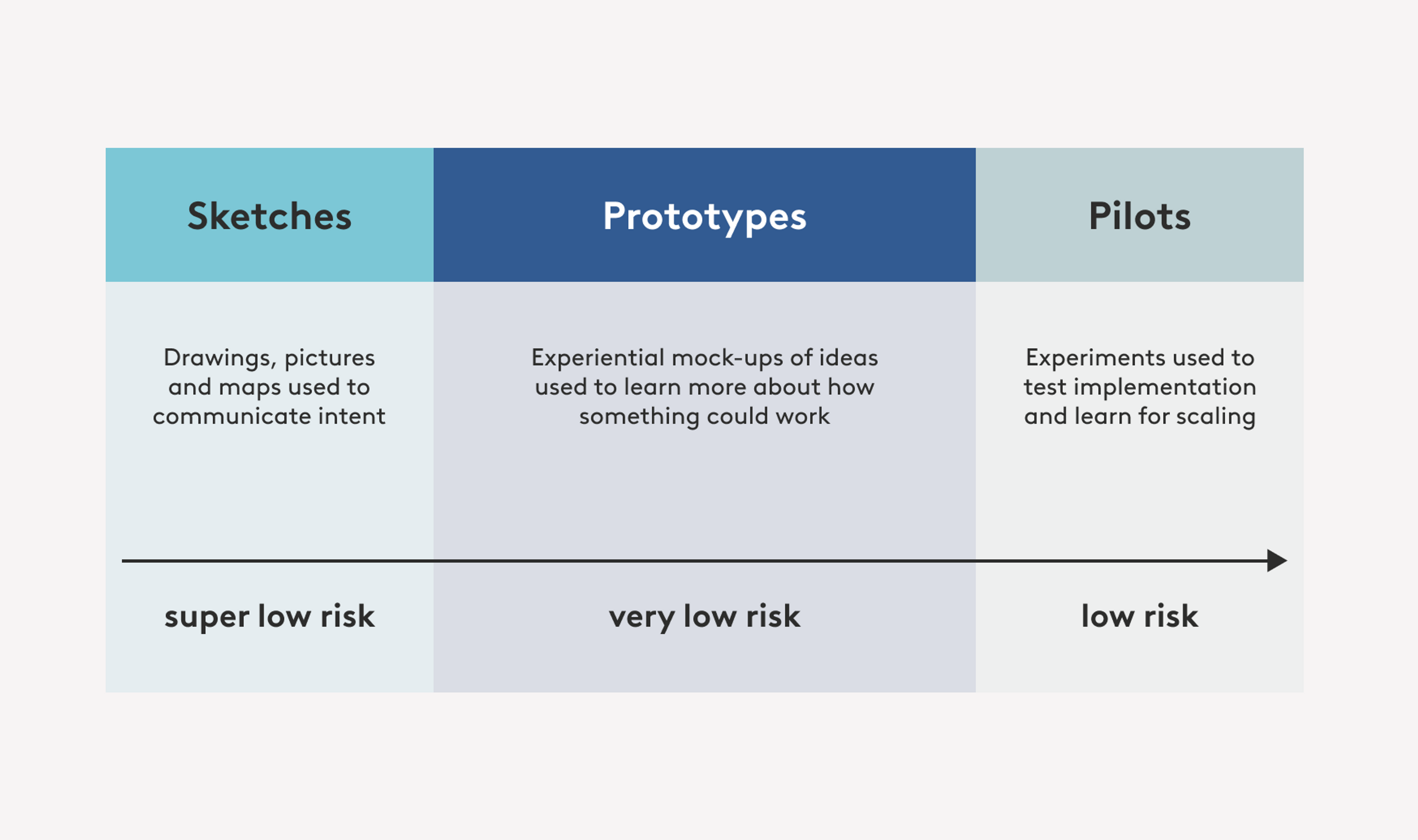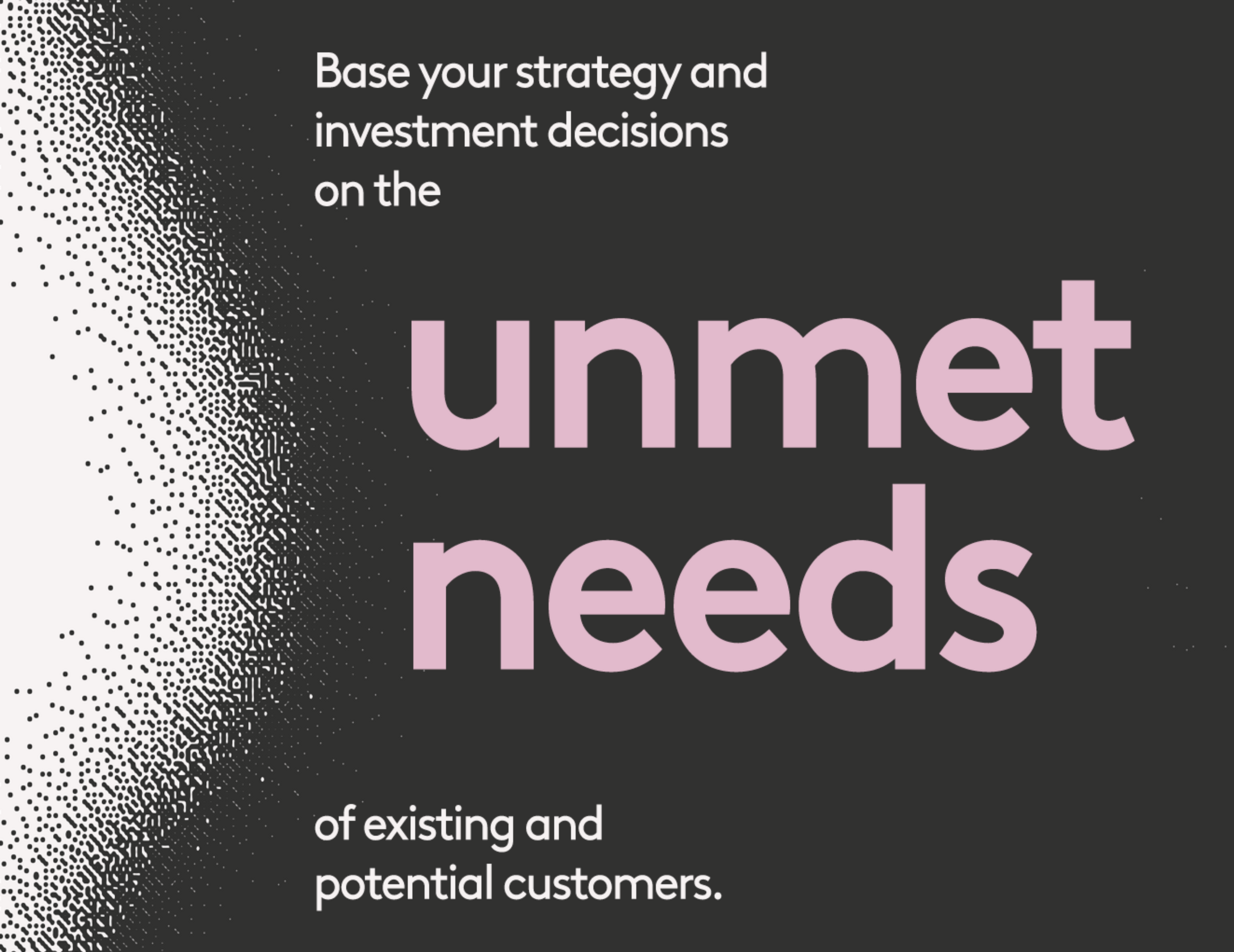
PD book: Competitive advantage by design
User-centred design, modern technology practices, and a test-and-learn approach are the foundations of a modern organisation.
Businesses that embrace these ways of working are better equipped to meet evolving customer expectations.
The success of an organisation hinges on its use of effective, user-centred service design, and its methods can be applied at all levels: whether that’s crafting the user experience of a product or service, shaping the strategy for an end-to-end experience, or reorganising a business around its services.
Today, customers have high expectations for the services they use, and if their needs are not met, they will go elsewhere.
Which is why improving service design always begins with users. Businesses must develop a deep understanding of what customers require from the experience, identifying where it might be letting them down and reimagining how the design might be adapted to meet their needs.
At the same time, design has to balance user needs with business goals. We often face trade-offs between solving problems for customers versus addressing problems that are commercially viable to solve.
Finally, good design demands responsibility. Every experience an organisation designs, whether consciously or unconsciously, has an impact: from the groups who may be excluded, to the unintended harms which might affect society more widely.




